Read more about Physicists Just Reached a New Speed Limit For Moving Quantum Information.
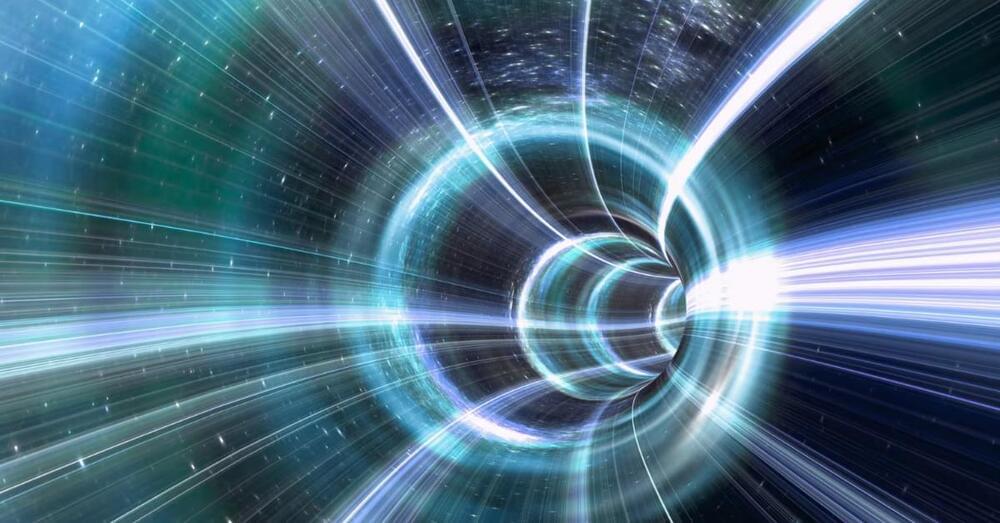


An analysis of firmware images across devices from Dell, HP, and Lenovo has revealed the presence of outdated versions of the OpenSSL cryptographic library, underscoring a supply chain risk.
EFI Development Kit, aka EDK, is an open source implementation of the Unified Extensible Firmware Interface (UEFI), which functions as an interface between the operating system and the firmware embedded in the device’s hardware.
The firmware development environment, which is in its second iteration (EDK II), comes with its own cryptographic package called CryptoPkg that, in turn, makes use of services from the OpenSSL project.

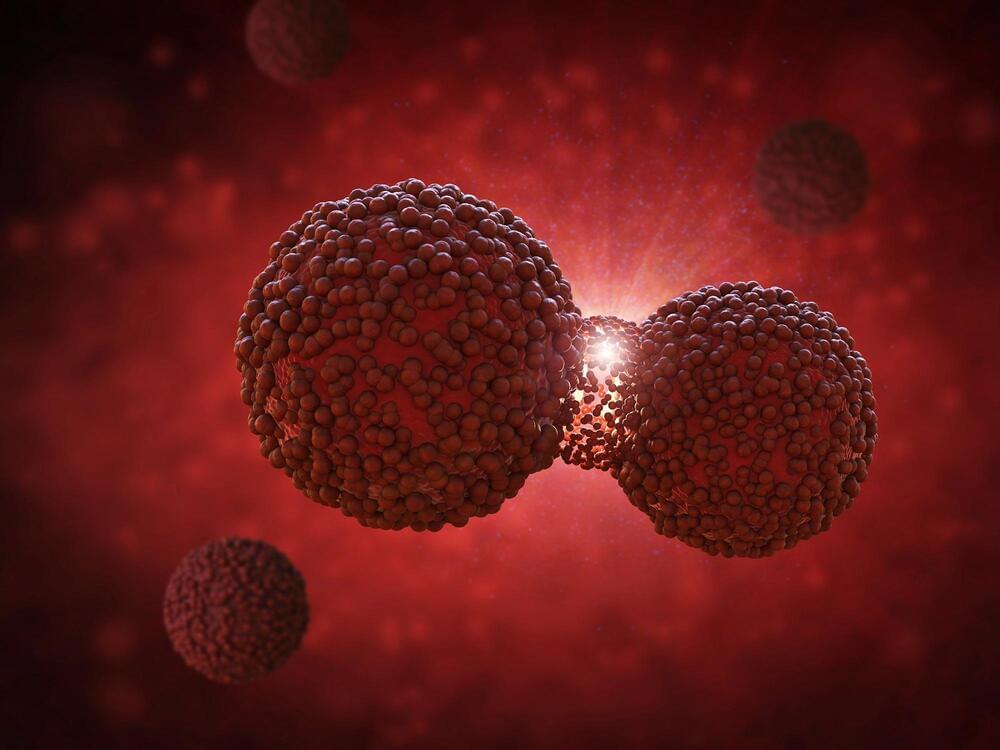
A multi-gene expression signature in tumors is associated with aggressive disease and poor patient outcomes, and it has the potential to become a genetic cancer biomarker.
The human cell’s primary source of energy, the mitochondria plays an important role in the metabolism of cancer cells. In a study recently published in PLOS ONE, researchers from throughout the world, including Dario C. Altieri, M.D., president and chief executive officer, director of the Ellen and Ronald Caplan Cancer Center, and Robert and Penny Fox Distinguished Professor at The Wistar Institute, have identified a particular gene signature indicative of mitochondrial reprogramming in tumors that is associated with a poor patient outcome.

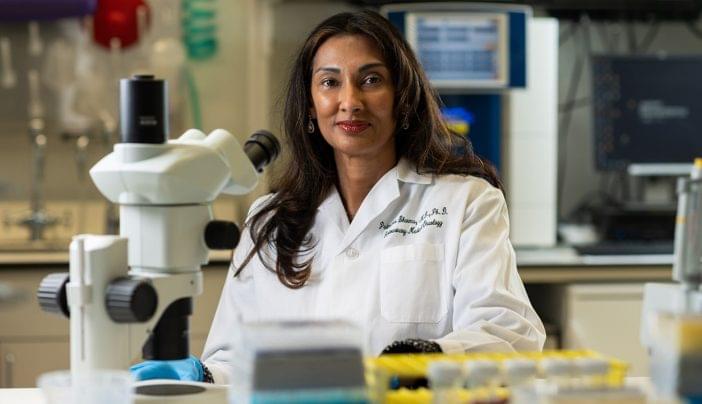
I want patients to know that we are making advances every day. There are treatments that can offer cures, and we plan to deliver more.
I encourage patients to talk with their physicians about innovative treatment options and consider participating in clinical trials so we can move the field forward. Together, we can unlock the promise of immunotherapy.
Padmanee Sharma, M.D., Ph.D., is professor of Genitourinary Medical Oncology and Immunology and director of scientific programs for the James P. Allison Institute.
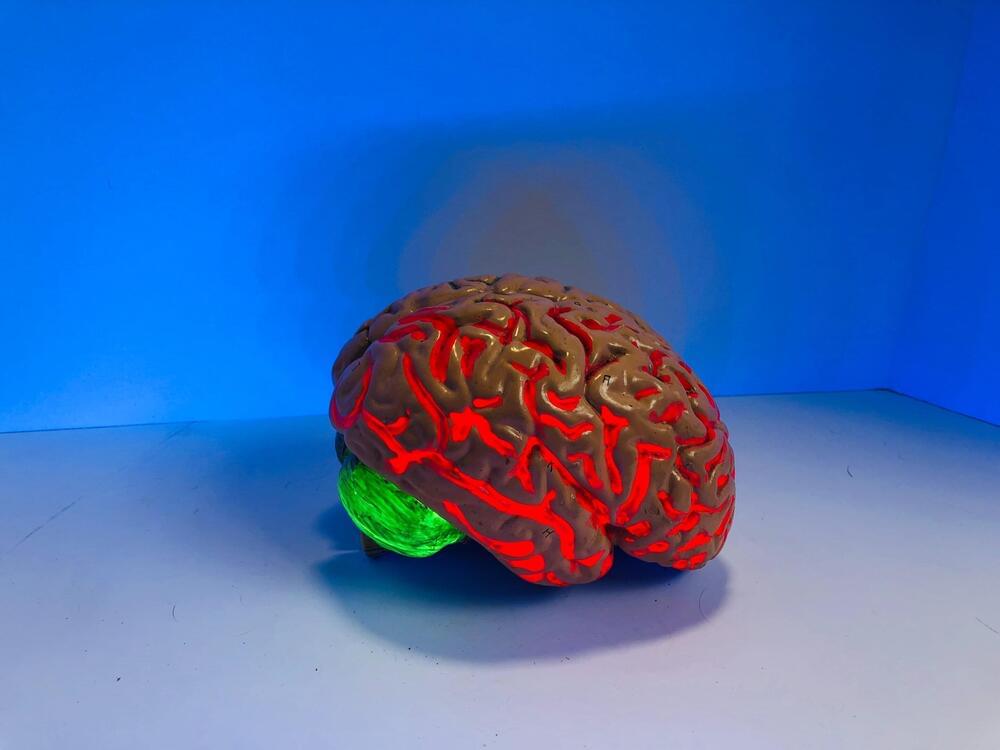
University of Saskatchewan (USask) researchers have developed a new method of killing brain cancer cells while preserving the delicate tissue around it. The technique also has a remarkable side-benefit: making chemotherapy treatment of brain cancer suddenly possible.
The technique involves placing long needles through the skull and sending pulses of electrical current into a glioblastoma tumor—the pernicious variety of brain cancer that caused Tragically Hip frontman Gord Downie’s death.
“A safer and more effective cancer treatment may be clinically possible,” said Dr. Mike Moser (MD), USask College of Medicine general surgery researcher and co-author of a study published recently in the Journal of Biomechanical Engineering.

NASA’s James Webb Space Telescope has peered into the chaos of the Cartwheel Galaxy, revealing new details about star formation and the galaxy’s central black hole.
Webb’s powerful infrared gaze produced this detailed image of the Cartwheel and two smaller companion galaxies against a backdrop of many other galaxies. This image provides a new view of how the Cartwheel Galaxy has changed over billions of years.
The Cartwheel Galaxy, located about 500 million light-years away in the Sculptor constellation, is a rare sight. Its appearance, much like that of the wheel of a wagon, is the result of an intense event – a high-speed collision between a large spiral galaxy and a smaller galaxy not visible in this image. Collisions of galactic proportions cause a cascade of different, smaller events between the galaxies involved; the Cartwheel is no exception.
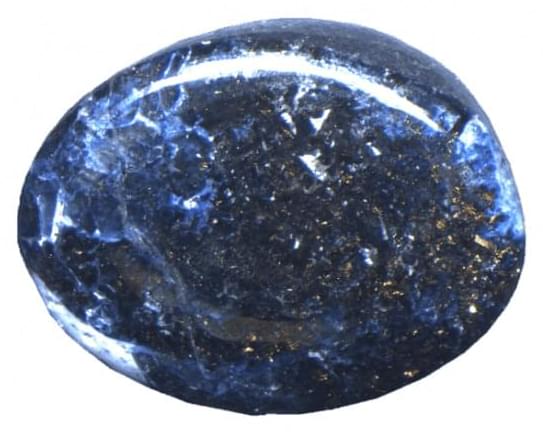
The discovery of a completely new mineral this week by the precious stone mining company Shefa Yamim in northern Israel has both geologists and the general public in awe.
Carmeltazite, often known as “Carmel Sapphire,” may be advertised as a mineral more precious than diamonds.
The mineral was discovered encrusted with sapphire during mining in volcanic rock in northern Israel’s Zevulun Valley near Mt. Carmel, and it was aptly named “carmeltazite” after its discovery site. During density tests, it was determined to be harder than diamond.
